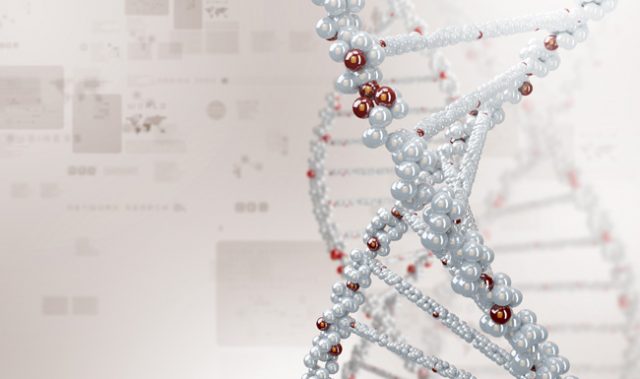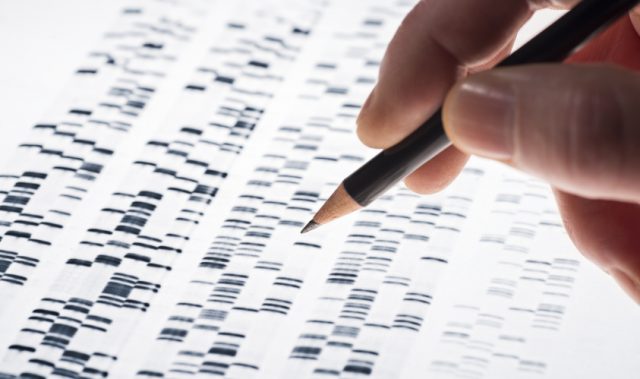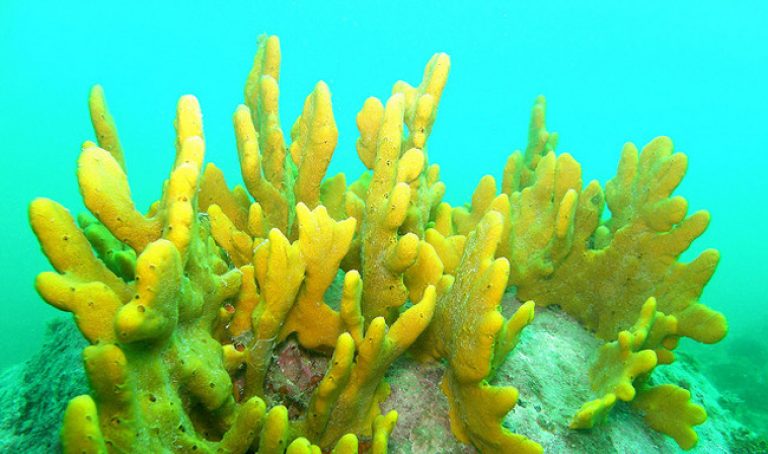
AsianScientist (Dec. 10, 2012) – An international team of scientists has described a ‘network map’ of genes involved in pain perception, with remarkable similarity from fruit flies to people.
Dr. Greg Neely from the Garvan Institute of Medical Research in Sydney and Professor Josef Penninger from the Austrian Academy of Sciences in Vienna had previously screened the 14,000 genes in the fly genome and identified 580 genes identified with heat perception.
In the current study, researchers from Australia, Japan, U.S., and Europe used a database from the US National Center for Biotechnology Information to find roughly 400 equivalent genes in people, 35 percent of which are already suspected to be pain genes.
The map they constructed using Drosophila fly and human data includes many known genes, as well as hundreds of new genes and pathways, and demonstrates exceptional evolutionary conservation of molecular mechanisms across species. This should not be surprising, as any creature must be able to identify a source of pain or danger in order to survive.
Comparing fly with human data, they could see that a particular kind of molecular signaling (phospholipid signaling), already implicated in pain processing, appeared in the pain network. Further, they demonstrated the importance of two enzymes that make phospholipids, by removing those enzymes from mice, making them hypersensitive to heat pain.
These results are now published online in the international journal PLOS Genetics.
“Pain affects hundreds of millions of people and is a research field badly in need of new approaches and discoveries,” said Neely. “The fact that evolution has done such a remarkable job of conserving pain genes across species makes our fly data very useful, because much of it translates to rodents and people.”
The authors hope that the data will help them identify new analgesic drugs that target molecular pathways associated with pain perception.
“By cross-referencing fly data with human information already in the public domain – like gene expression profiling or genetic association studies – we know we’ll be able to pinpoint new therapeutic targets,” Neely said.
The article can be found at: Neely GG et al. (2012) Construction of a Global Pain Systems Network Highlights Phospholipid Signaling as a Regulator of Heat Nociception.
——
Source: Research Australia; Photo: Marcos Teixeira de Freitas/Flickr/CC.
Disclaimer: This article does not necessarily reflect the views of AsianScientist or its staff.











